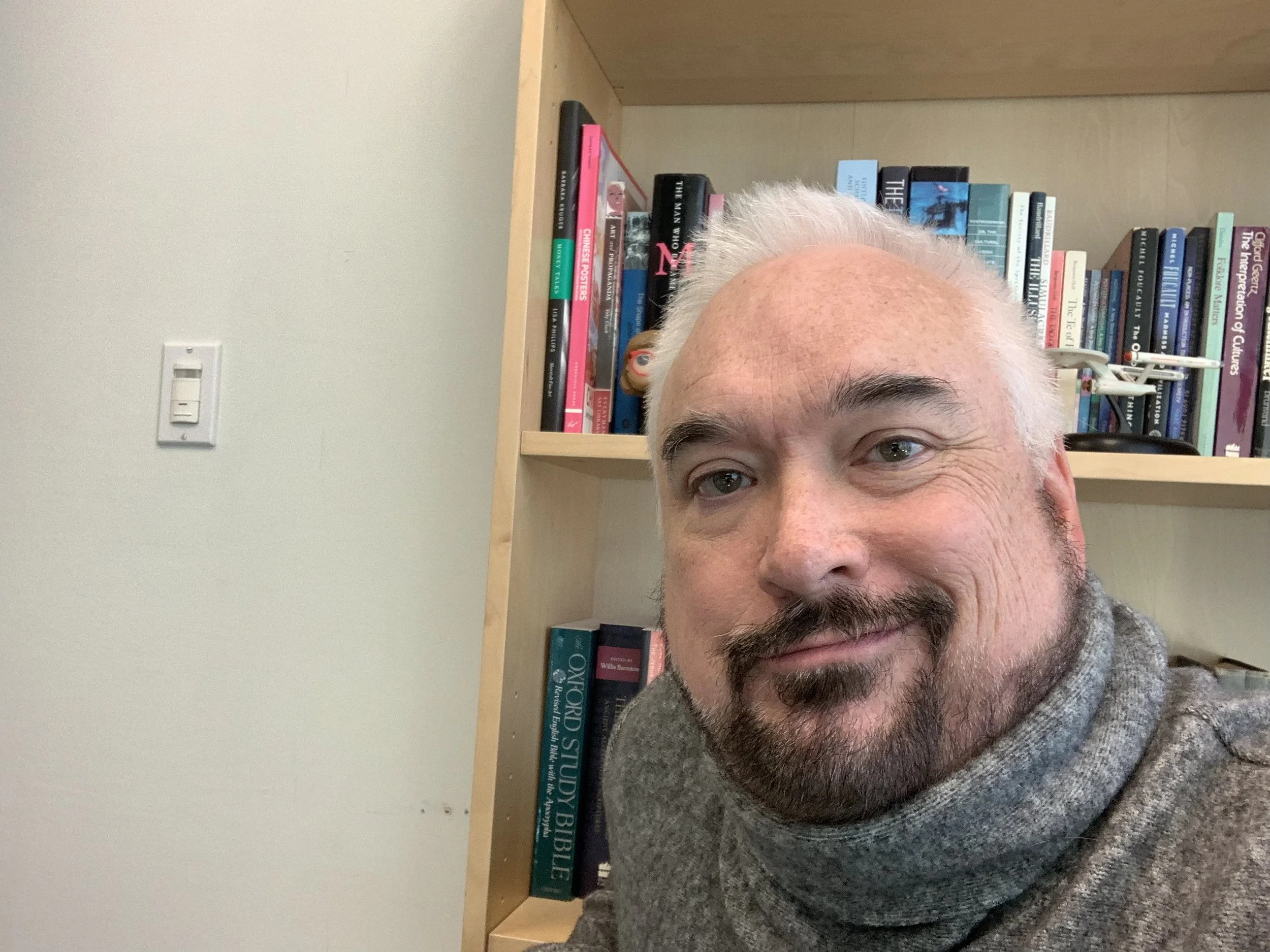Lessons From a Small Country, In This Case, Finland
/In my last post, I argued that America is embedded in a global framework and that the decisions we make have an impact on others. I further argued that the reverse was also true. I recently came across the website of Pasi Sahlberg, a Finnish educator who is the Director General of CIMO, the Finnish Center for International Mobility. In his work as an educational visionary, he offers some ideas about school change and the school change process that I want to share and comment upon. On the fifth slide of his January 2010 presentation to the University of Oulu, he articulates the educational values of the Global Education Reform Movement and alternatives to it. It is the alternatives that inform my sense of what we need to change in this country.
National Standards - Should the national government set high national standards and enforce those standards through central mandates, or should the national government establish a clear framework, but encourage local problem solving? The success of Finnish students by international standards, as well as the success of New Zealand students by the same measures, suggests that there is merit to a national framework of flexibility. While I don't believe there is anything fundamentally wrong with the nation's leaders "pointing in a particular direction," anything resembling national performance measures, high-stakes testing and/or centralized control at either the state or federal level in this country interferes with innovation, damages schools and interferes with creative teaching and learning.
Purpose of Learning? - What is learning for? Mastering basic skills or developing the full potential of children? I take Sahlsberg's argument that the alternative, namely that "teaching and learning focus on deep, broad learning, giving equal value to all aspects of the growth of an individual's personality, moral character, creativity, knowledge and skills" to be the purpose of learning. All of our focus on basic skills in this country has, if we look at the measures those who value this approach cite, amounted to very little.
Risk-Taking? - I strongly believe that decision making should be based whenever possible in the school itself, rather than in more centralized structures. In an age of rapid, radical change, we need teachers to boldly experiment, take risks and stimulate the creative problem solving of students, who will always rise to the challenge offered.
Sources of Inspiration - Teachers should learn together to enhance wisdom and professional practice. More importantly, perhaps, they should learn from their students. Many teachers are digital immigrants. They can learn a lot from their digital native students.
Responsibility and Trust - The administration of American education overly values centralized structures (like the factory system upon which it was based) and undervalues teachers and principals. Teachers and principals know what is going on at their schools (or they damn well should) and have to target their resources, whatever they are, to the problems they identify. Teachers have the capacity to take control of their own professionalism, despite the challenges we erect before them in this country.
